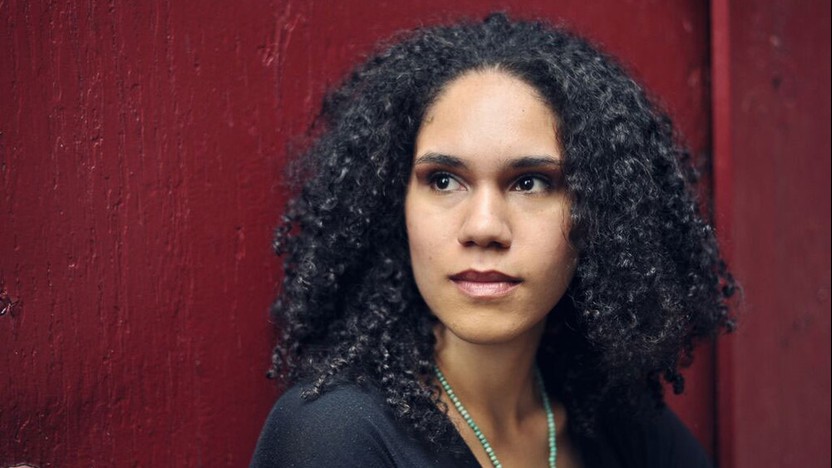Haydn’s Symphony No. 57



Jessie Montgomery began classical violin lessons at age four, but she learned just as much from the days she spent at her father’s rehearsal studio for rock and jazz bands in Manhattan’s East Village. Since studying violin performance at The Juilliard School and film scoring at New York University, she established herself as an essential composer, performer and educator within New York’s dynamic music scene, including a role as the first-ever Artistic Partner of the Orpheus Chamber Orchestra, which co-commissioned this work. Other commissions from the New York Philharmonic and National Symphony Orchestra (among many, many others) confirm that Montgomery has earned a lasting place in the highest echelon of living composers.
Taking inspiration from another project with Orpheus, her arrangement of Pyotr Ilyich Tchaikovsky’s The Seasons, Montgomery saw this commission as “a great opportunity to contribute to the tradition of writing a piece based on seasons, as change and rotation is something that we all experience as humans.” She describes the work as “a musical exploration of both the external and internal seasons, which at times seem to be changing along the same axis.”
Droning and pulsing harmonies anchor this work’s cyclical structure, appearing at the beginning and end, and also between the contrasting episodes. One melodious section at a walking pace introduces a variety of slurs, slides and harmonics, and another portion in a “quick” tempo explores agile woodwinds phrases and multi-layered string textures, all orchestrated with a visceral clarity that speaks to Montgomery’s depth of experience performing in virtuoso ensembles.
Aaron Grad ©2019

The symphony as we know it was in its infancy when Franz Joseph Haydn took up the genre in the early 1760s as the young vice-Kapellmeister for the Esterházy family. A dozen years and some 50 symphonies later, Haydn continued to find astounding new ways to express himself in the form, as he brought in inspiration from theater music and drew upon musical traditions from beyond his immediate surroundings.
There is no catchy nickname or cute backstory to distinguish the Symphony No. 57 from 1774 — just the music that demonstrates Haydn’s infinite inventiveness. The four-movement symphony evolved from the Italian sinfonia or overture, usually in three parts organized fast-slow-fast, but Haydn in this symphony started with a slow introduction, borrowing from the French custom for an overture. This was the longest introduction to date in Haydn’s symphonies, and it set a standard for how to build anticipation that he clearly enjoyed, since he went on to make those introductions a standard feature in the late symphonies that capped his lifetime total of 107.
In the slow movement, the fragments of plucked chords and halting melody provide the basis for a set of variations, foreshadowing the way his future pupil Beethoven would deconstruct motives and strip them to their essence (like in his own theme-and-variations slow movement in the Seventh Symphony). One of Haydn’s other symphonic innovations was to insert a Menuet as heard here, a custom borrowed from French dance suites.
This symphony’s finale comes with an extra speedy prestissimo tempo marking, testing the mettle of the orchestra with repeated notes and unison figures. Haydn was writing for world-class players in the Esterházy court, and he kept them in top shape as music director, giving him the arsenal he needed to expand the symphony outward in so many directions.
Aaron Grad ©2022
Get driving directions and find nearby parking.
Find dining options close to the venue.
View seating charts to find out where you'll be seating.
Get driving directions and find nearby parking.
Find dining options close to the venue.
View seating charts to find out where you'll be seating.
